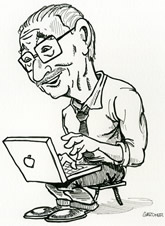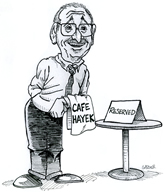… is from page 79 of economists Phil Gramm’s, Robert Ekelund’s, and John Early’s important and data-rich 2022 book, The Myth of American Inequality: How Government Biases Policy Debate:
The most significant factor affecting earned-income inequality was the dramatic enlargement of the difference in the amount of work performed by members of households. The proportion of prime work-age persons in the bottom quintile [of American households ranked by annual income] who worked dropped by half [between 1967 and 2017]. A smaller decline also occurred in the second quintile. In the middle and higher income quintiles, the change was in the opposite direction, with increases in the proportion of prime work-age people who worked.
Not only did the differences among quintiles in the proportion of prime work-age adults who worked grow bigger between 1967 and 2017, but the differences in the hours actually worked also grew.



